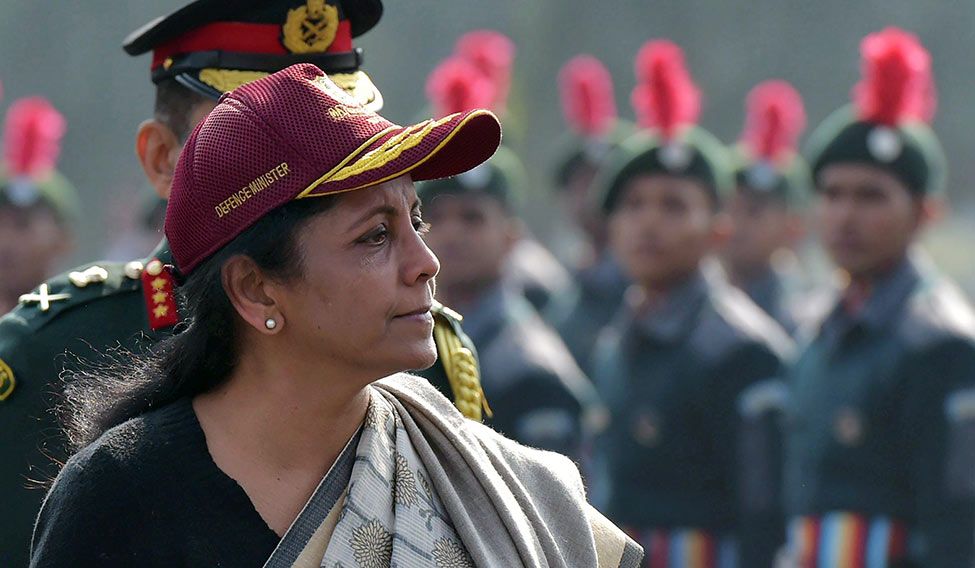UNCERTAIN Even after secret meeting between two National Security Advisers in Thailand and moves to free elderly prisoners, experts rule out chances of any sustained contacts till 2019
The prospects of a breakthrough in efforts to put India-Pakistan relations on an even keel have rarely appeared bleaker in recent decades than they do now – the Line of Control (LoC; effectively the border between the two countries) on fire with near daily clashes, political leaders snipping at each other and peopleto-people contacts virtually snapped.

Official data shows there were more than 400 ceasefire violations on the Line of Control this year, and January alone, recorded the highest number of violations since the two countries agreed to a truce on the 742-km LoC in 2003. Troops from both sides have clashed almost every day and Indian Army officers say Pakistan is taking advantage of the lack of snow on mountains to push more terrorists across the LoC to keep the pot boiling in Kashmir.
Worried by the violence, Jammu and Kashmir chief minister Mehbooba Mufti said last month that there was no alternative to talks with Pakistan even though India has won all the wars fought by the two sides. Mufti, whose People’s Democratic Party rules the state in alliance with the Bharatiya Janata Party, acknowledged the perils of the stance she was taking when she said she would be labelled “anti-national” but added that she couldn’t stand by as “people die every day”.
Days later, home minister Rajnath Singh made it clear there could be no talks as long as Pakistan backed terrorism. “Talks and terrorism cannot go on concurrently,” he said. With Pakistan set to hold a crucial general election within the next three months and polls scheduled in India next year, experts and diplomats in both countries believe there will be no movement in the stalled peace process till late 2019 – largely because the ruling Pakistan Muslim League (Nawaz) in Pakistan and the Bharatiya Janata Party in India cannot upset their core domestic constituencies with any overture to the other side.
“Talks and domestic political processes cannot and should not be linked. No matter how bad the situation is, the two should be kept separate. But I don’t see anything moving till next year,” said a top Pakistani diplomat involved in contacts between the two sides.
TCA Raghavan, a former Indian envoy to Pakistan, said the last long impasse in bilateral ties was in 2001-03, after the terror attack on Parliament, blamed on Pakistan-based groups. “The current impasse has gone on quite long, though it’s not because of any conscious policy but for tactical reasons,” Raghavan said.
“But it’s different because in 2001-03, Pakistan had a stable political set-up, but now there is political instability and churning going on in Pakistan,” he added, referring to developments such as the ouster of former premier Nawaz Sharif by the Supreme Court on grounds of dishonesty and the confrontation between the country’s civilian government, the judiciary and the military establishment.
Syed Baqir Sajjad, foreign affairs correspondent with Pakistan’s Dawn newspaper, agreed that the prospects of India-Pakistan normalisation still remain poor.
“Pakistan is entering election mode. Though there is a near consensus in Pakistan about peace with India, during the election campaign India will not be a priority and neither the outgoing government nor the interim administration will be competent to start the process,” he said. “Once Pakistan completes the process, India will then enter its election phase, which is much longer. During that period it would be more unlikely for such a thing to happen, if the past is an indicator.”
Raghavan also noted that the uncertainty in Pakistan’s politics, with the PML-N under pressure from the judiciary and military, made it all the more difficult for the Indian side to launch any peace initiative. At the same time, he cautioned, India shouldn’t make the mistake of hitching its foreign policy line with that of the US, which has upped the ante on Pakistan to crack down on terrorism.
“We should not link what we’re doing to what the US is doing. The US is increasing its pressure but it isn’t sure what the result will be,” he said.
Diehard peaceniks have taken comfort in the fact that India has invited Pakistan’s commerce minister to an informal WTO ministerial meet in New Delhi on March 19 and 20 and that external affairs minister Sushma Swaraj has kept issuing medical visas to Pakistanis even at the worst of times, but more cold-eyed observers say this simply isn’t enough. “The absence of bilateral engagement is costing both countries more than they are realising. It is complicating the already difficult situation and making rapprochement even more difficult. Neither India nor Pakistan seems to acknowledge that blaming each other, instead of maximising longer-term options, isn’t a viable policy,” said Sajjad.





















































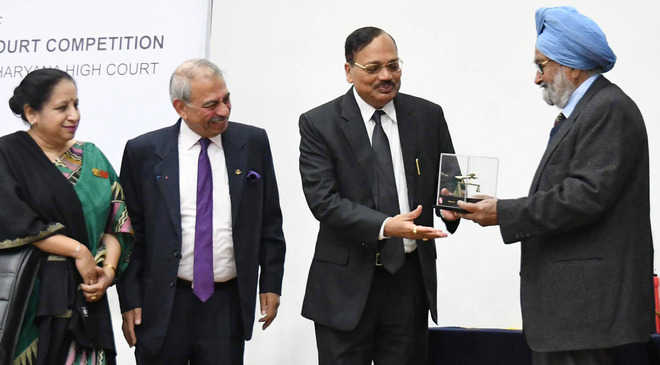
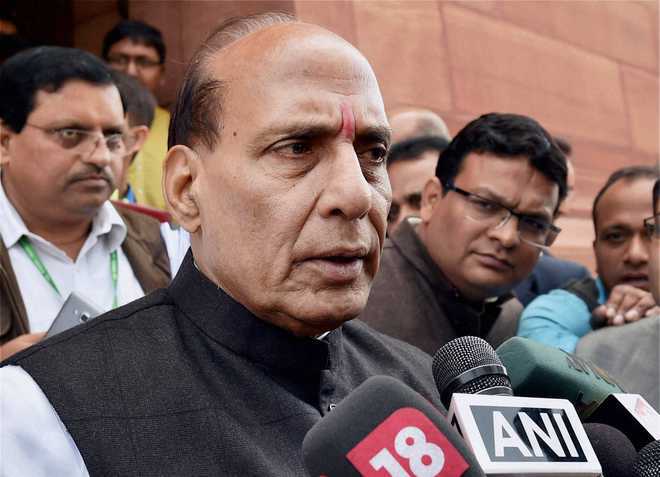
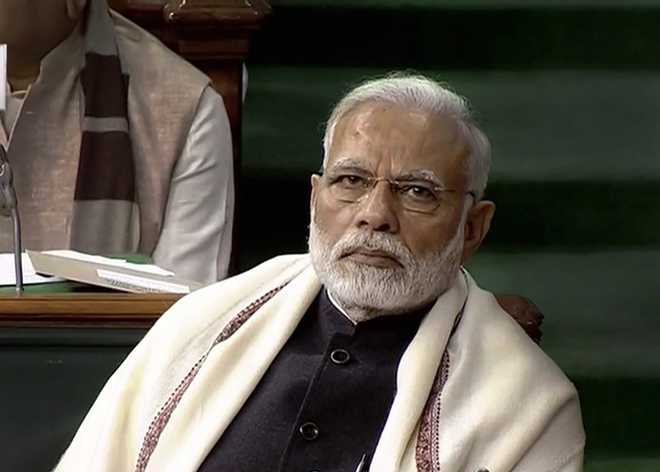
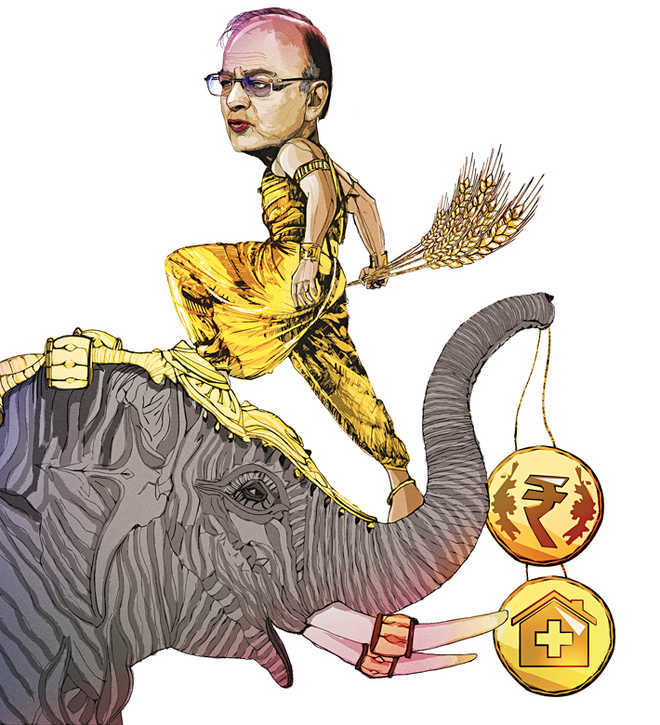
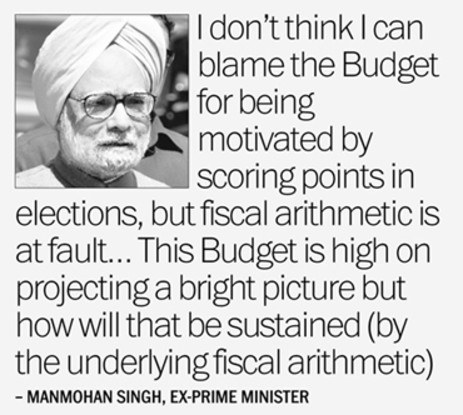



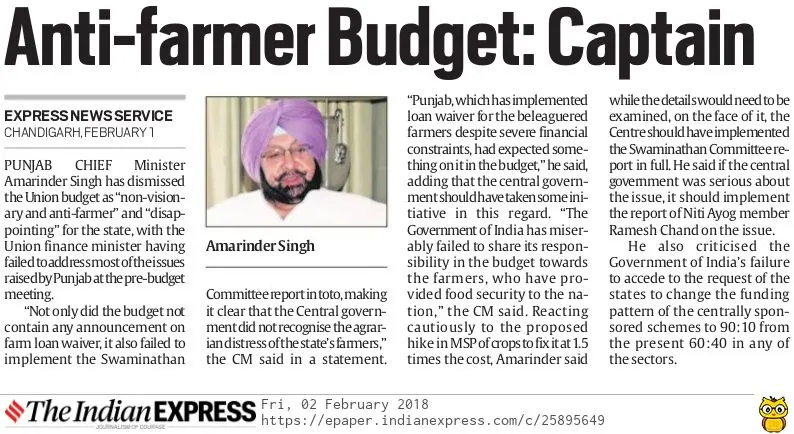
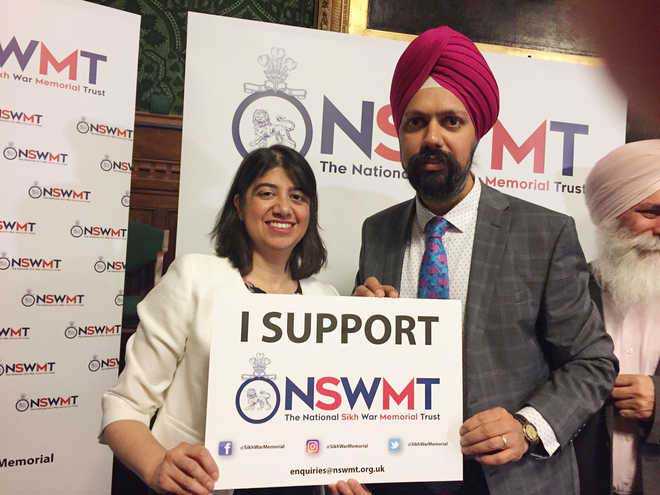
 TWITTER
TWITTER